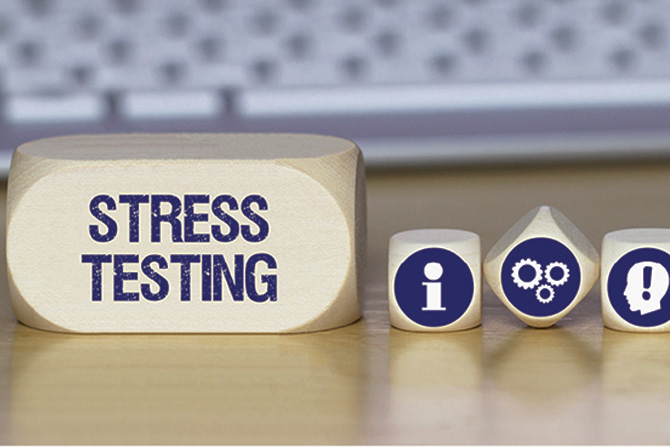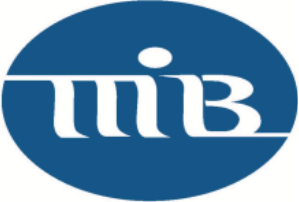By Matt Helsing, SVP, Regional Manager — Northwest
While there are still routine things to look for when stress testing in today’s world, there are also some new areas to address. To help you with this, we provide you with our six stress- testing tips for the pandemic.
- Sensitivity Testing. The pandemic is an example of the need to do sensitivity testing as well as scenario testing. For instance, can my portfolio withstand an event that is one, two or three standard deviations (that the far outer edges of normal might be), regardless of where the pressure comes from? Consider sensitivity back-testing to document how specific actions, by your institution and the government, remediated events.
- NAICS. Conventional stress testing of loan types may be useful, but does it capture the difference between essential and nonessential businesses? You may find it more valuable to test by NAICS (North American Industry Classification System). That is, specifically testing for hotels, restaurants, bars, gaming, etc. rather than CRE or C&I. Understanding which industry segments have been more affected than others is critical to ensuring that your detailed bottom-up stress tests reflect your local issues.
- Supply Chain Relationships. Remember to look at your supply chain relationships, especially in Agriculture and C&I. Just-in-time supply chain businesses are hit hard, and some continue to struggle as different parts of the economy move forward. As the economy returns to “normal” in some vertical markets, others remain stressed. Continued disruptions in the supply chain are likely to happen.
- Dig Deeper. After looking at the direct impact from supply chain relationships, dig a little deeper. How many of your landlords have received requests for rent reductions, less space or lease non-renewal notices? On the other hand, how many of your small businesses have retooled and opened new lines of business that create opportunities with new verticals or suppliers?
- Loan Structures. Finally, pay attention to loan structures. Balloons that are coming due have a greater chance of becoming a Troubled Debt Restructure with charge-offs. Borrowers may not be able to qualify for refinancing due to lost revenue to cover debt service or falling values because of CRE demand shifting as a result of work-from-home practices.
- Liquidity. In addition to credit, don’t forget liquidity. Depositor balances are moving in ways that you may not expect, depending on your local economy. Many businesses that have reopened are finding expenses higher than expected, due to cleaning and extra protective equipment for staff combined with lower revenues due to physical distancing. Don’t forget government sector balances as taxable activities have been reduced, and new taxes are being considered. Think about how these may affect customer behavior.
Bankers entered the pandemic with greater capital than the last recession. Further, individuals and businesses have received significant government assistance, and most have had time to adjust. With adequate stress testing, you can be prepared to understand where potential risks may be in your portfolio and how these impact liquidity and capital.
For additional information or to continue this discussion, please contact Matt Helsing.
Dedicated to serving the needs of community banks, PCBB’s comprehensive and robust set of solutions includes cash management, international services, lending solutions and risk management advisory services.

Matt Helsing
SVP, Regional Manager — Northwest
Phone: (415) 399-5826
mhelsing@pcbb.com
pcbb.com
This story appears in Issue 3 2020 of the Community Banker Magazine.









